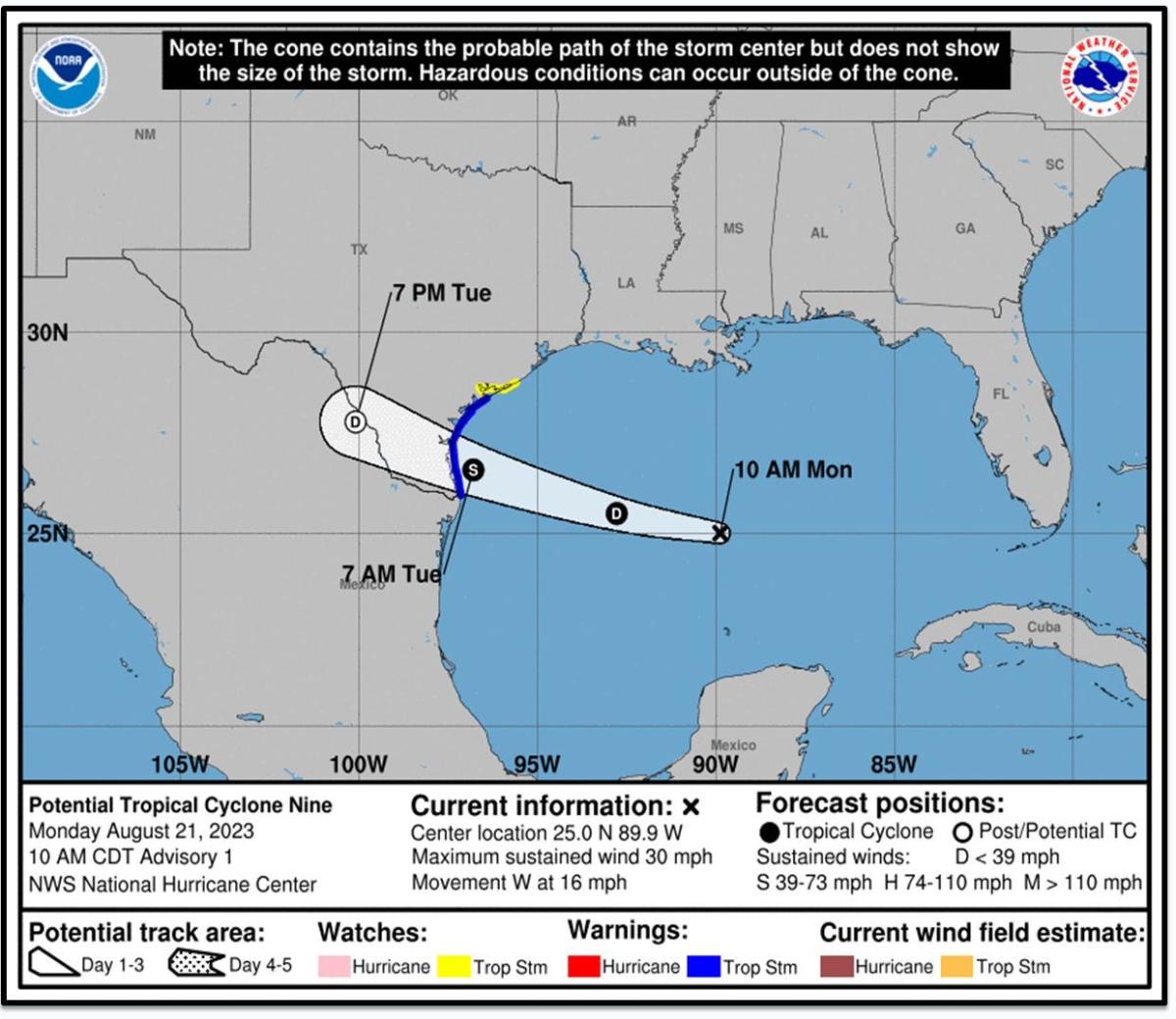Real-Time Hurricane Tracking
Hurricane tracker – Advancements in real-time hurricane tracking technologies have significantly improved our ability to monitor and predict the paths of these powerful storms. By harnessing the power of satellites, radar, and computer modeling, we can now track hurricanes with unprecedented accuracy and timeliness, providing crucial information for disaster preparedness and response.
The hurricane tracker keeps a vigilant eye on the progress of storms, providing timely updates and accurate forecasts. As Hurricane Beryl approached Jamaica, the tracker provided crucial information, highlighting its potential impact on the island. Once the storm had passed, the tracker continued to monitor its movements, ensuring the safety of communities in its path.
Innovative Tools and Platforms
- Satellite imagery: Satellites provide real-time images of hurricanes, allowing meteorologists to observe their size, structure, and intensity.
- Radar data: Radar systems track the movement and precipitation patterns of hurricanes, providing detailed information about their rainfall rates and wind speeds.
- Computer modeling: Sophisticated computer models simulate hurricane behavior based on historical data and current observations, helping to predict their future paths and intensities.
Importance of Accurate and Timely Tracking Data
Accurate and timely hurricane tracking data is essential for disaster preparedness and response. By knowing the projected path and intensity of a hurricane, emergency managers can issue timely warnings, evacuate vulnerable areas, and prepare for the impact. This information also allows individuals to make informed decisions about their own safety and the protection of their property.
The hurricane tracker, an indispensable tool for monitoring these formidable storms, is a testament to human ingenuity. It provides real-time updates on the path and intensity of hurricanes, empowering us to stay informed and prepare. Tyler Cherry , a renowned meteorologist, has played a pivotal role in advancing our understanding of hurricane dynamics.
Through his groundbreaking research and unwavering dedication, he has contributed significantly to the development of accurate hurricane prediction models, enhancing our ability to mitigate the impact of these devastating weather events.
Hurricane Forecasting and Prediction
Hurricane forecasting and prediction are critical aspects of hurricane preparedness, enabling timely warnings and evacuation efforts. Scientists and meteorologists employ sophisticated models and data analysis techniques to predict hurricane paths and intensities, contributing to effective disaster management and public safety.
Forecasting hurricane paths involves tracking the storm’s movement and predicting its future trajectory. Models consider various factors, including atmospheric conditions, ocean currents, and the storm’s internal dynamics. Numerical weather prediction (NWP) models simulate atmospheric conditions and provide guidance on the storm’s movement. Ensemble forecasting involves running multiple model simulations with slightly different initial conditions, producing a range of possible paths and enhancing forecast accuracy.
Challenges and Limitations
- The chaotic nature of hurricanes makes long-range forecasting challenging.
- Uncertainties in atmospheric conditions and ocean interactions can affect prediction accuracy.
- Data limitations, particularly over the ocean, can hinder model performance.
Advancements in Forecasting, Hurricane tracker
- Improved data collection from satellites, radar, and aircraft enhances model accuracy.
- High-resolution models simulate smaller-scale features, leading to more precise predictions.
- Artificial intelligence (AI) techniques analyze vast amounts of data, identifying patterns and improving forecast skill.
Hurricane Preparedness and Response: Hurricane Tracker

Hurricanes are among the most powerful and destructive forces of nature. They can cause widespread damage and loss of life. Being prepared for a hurricane can help you stay safe and minimize the impact of the storm.
Hurricane Preparedness
Preparing for a hurricane involves taking steps to protect yourself, your family, and your property. Here are some key steps to take:
- Make an emergency plan. This plan should include evacuation routes, a meeting place for family members, and a list of emergency contacts.
- Gather emergency supplies. This includes food, water, first-aid supplies, and a battery-powered radio.
- Secure your home. This includes boarding up windows and doors, and securing loose objects outside.
- Stay informed. Monitor weather reports and follow the instructions of local officials.
Emergency Response
If a hurricane is approaching, it is important to take action to stay safe. Here are some steps to follow:
- Evacuate if ordered to do so. If you are in an area that is at risk of flooding or other hazards, evacuate to a safe location.
- Stay indoors. If you are not in an area that is at risk of flooding, stay indoors and away from windows.
- Listen to the radio or television for updates. Stay informed about the storm’s track and intensity.
- Do not drive unless absolutely necessary. Roads may be flooded or blocked by debris.
Role of Technology
Technology can play a vital role in hurricane preparedness and response. Here are some ways that technology can be used:
- Weather forecasting. Technology can help meteorologists track hurricanes and predict their path and intensity.
- Emergency communication. Technology can be used to send emergency alerts and warnings to the public.
- Coordination. Technology can be used to coordinate the response of emergency responders.
By using technology, we can improve our ability to prepare for and respond to hurricanes, and save lives.
